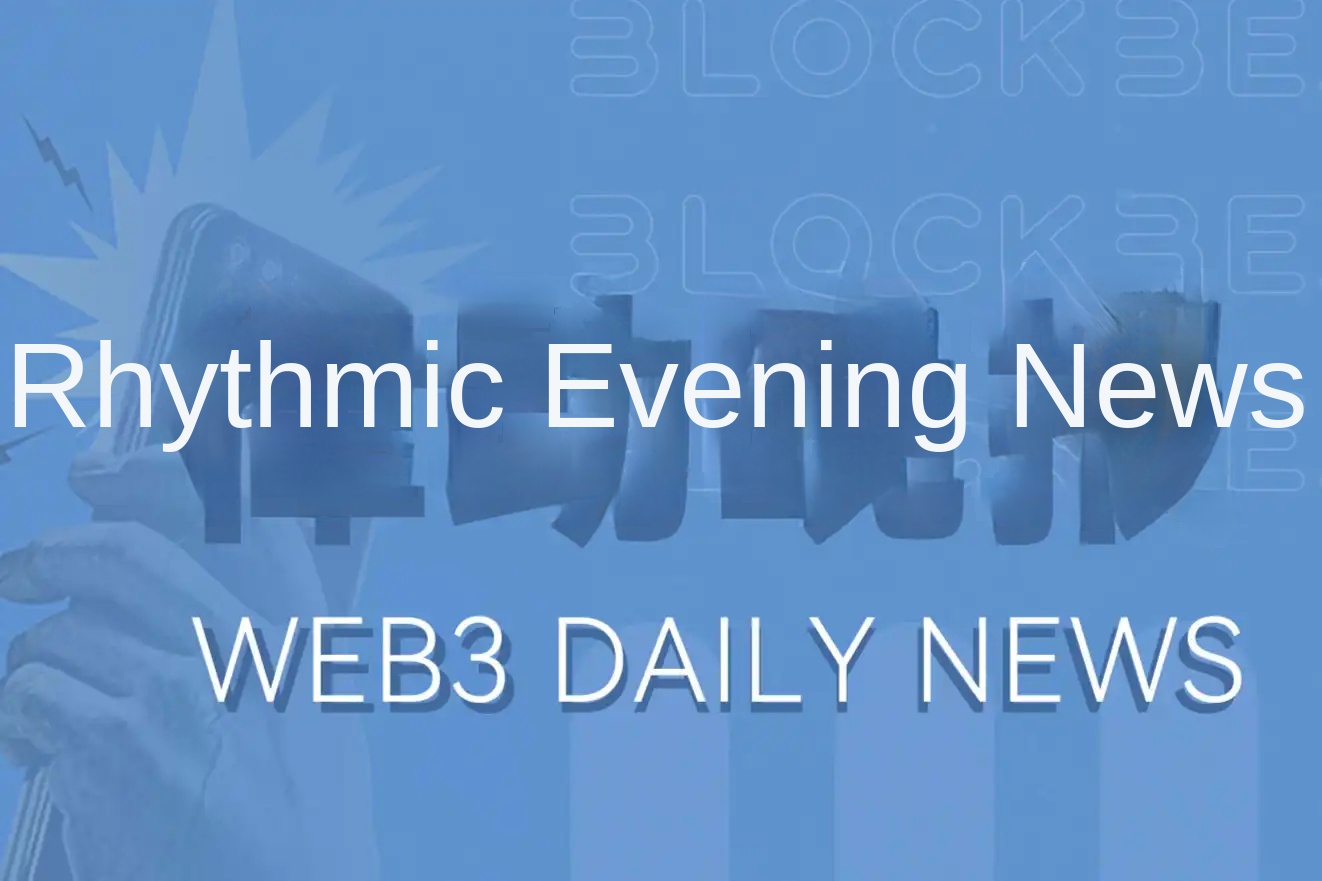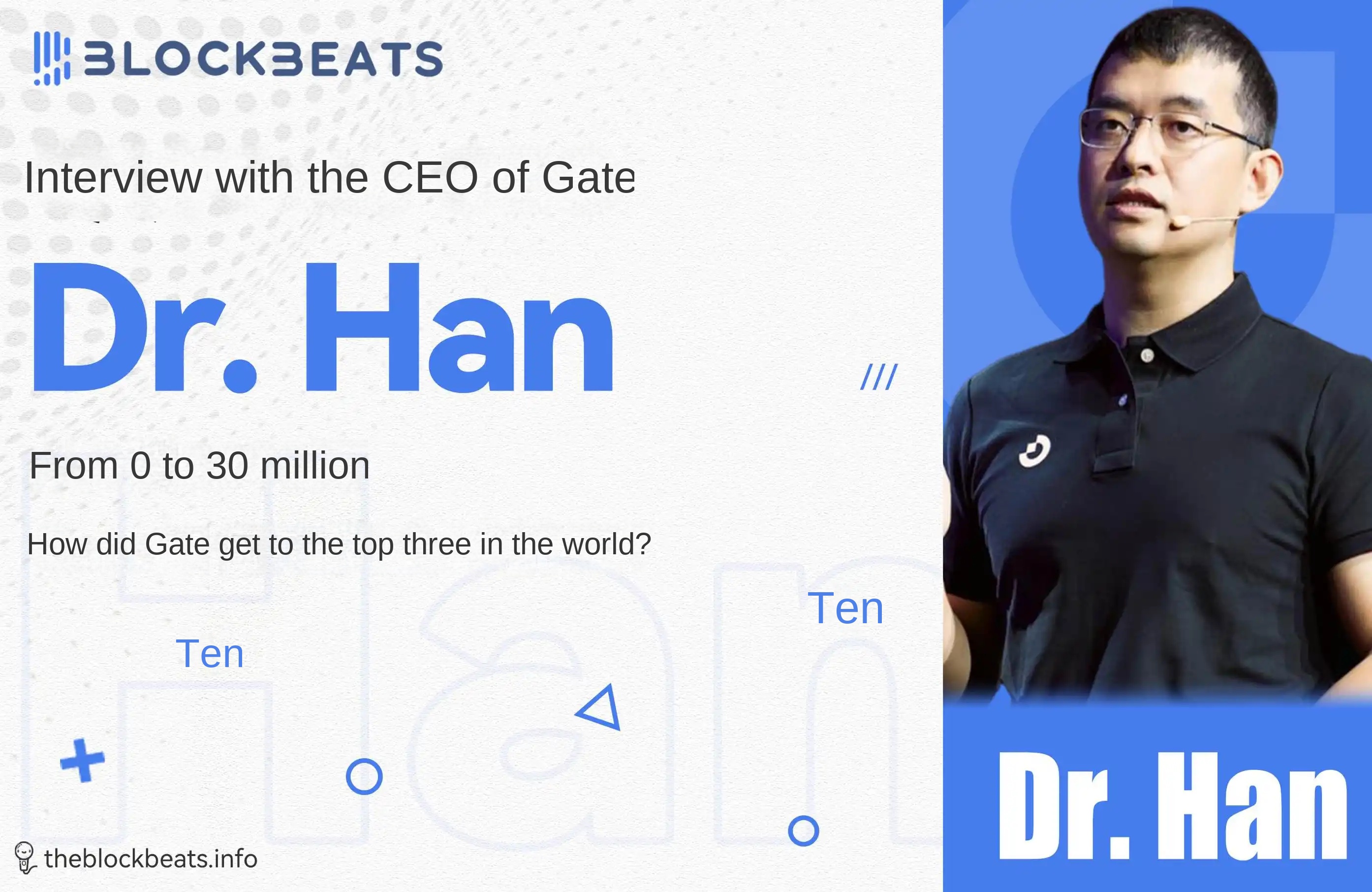Lily Liu Joins OKX Livestream: Sharing Solana Ecosystem Narrative, Core Competencies, and Talent Philosophy
Original Source: OKX

Super exciting! On the evening of June 16, Solana Foundation President Lily Liu (@calilyliu) made her video live stream debut with OKX Chinese. The live session was hosted by OKX's Mercy (@Mercy_okx). In this session, Lily not only shared insights on the rapid progress of the new ICM narrative, the current state of PayFi, and the evolution of Memecoin, but also unveiled the team's philosophy on talent... Couldn't resist jotting down these key highlights to share with you all. Let's GET it together!
Here's the core content summarized. Enjoy~
Solana Never Supported Memecoins; It’s Purely an Organic Evolution
Reflecting on the evolution of crypto assets—from ICOs to NFTs, and now to Memecoins—Lily Liu pointed out that the reason Solana has been able to foster innovation and cultivate this ecosystem stems primarily from its combined advantages in network performance, liquidity, user base, and community culture. Interestingly, Memecoins were not the result of deliberate encouragement or strategic planning by the Solana Foundation but are instead an outcome of organic ecosystem evolution—aligned perfectly with Solana’s inherent features. From a technical perspective, Memecoins have essentially served as a “stress test” of Solana’s network performance. A truly decentralized blockchain must be capable of sustaining high transaction throughput 24/7 under heavy load. For instance, Solana successfully withstood the global trading frenzy of the TRUMP token, proving its robustness. Memecoins are undoubtedly a prime example of testing the strength of a blockchain.
ICM Is More Than Just a 2025 Trend; It’s the Vision of the Bitcoin Whitepaper
Lily Liu explained that “ICM” (Internet Capital Markets) can be most accurately translated as “network capital markets.” However, ICM is not merely a new concept; it directly harkens back to the original mission and vision of blockchain: expanding access to international financial resources. Over the past decade, blockchain has primarily emphasized empowering financial access on the “buy side,” enabling billions of individuals in economically underdeveloped or financially underserved regions to utilize Bitcoin or stablecoins to enhance wealth management and seize financial opportunities on a personal level. Yet, the needs of the “sell side” have been relatively overlooked. In reality, countless enterprises and issuers also face challenges in accessing global liquidity. Even in a highly developed and liquid market like the United States, the barriers to entering the IPO landscape remain incredibly high. The process is not only narrow and prohibitively expensive but also typically requires one to two years of preparation.
The goal of ICM is to address this pain point through on-chain infrastructure: allowing individuals and institutions worldwide to access capital market liquidity equally, enabling transactions without time constraints, operating 24/7, free from geographical limitations, and independent of centralized rules. ICM is not just a trend for 2025; quite the opposite, it's a vision embedded in the Bitcoin white paper itself: enabling 5.5 billion global internet users to participate in ICM through wallets.
PayFi Is Still in Its Very Early Stages
Lily Liu believes that on-chain payment functionality is still in its infancy, despite the concept existing since Bitcoin’s inception. Over the past 15 years, we haven’t truly achieved on-chain payments for three main reasons: Lack of high-performance blockchains on the technical front: if you’re paying a $1 Gas fee for a $2 transaction, such an experience is obviously unacceptable. Currently, only Solana has true performance advantages in terms of speed and cost; A lack of vibrant developer communities: without developers, there are no wallets, no payment applications, and no drive for new product formats; Insufficient adoption and on-chain integration of stablecoins: users’ pricing mentality is still anchored in fiat currencies, and true payment circulation relies on mature stablecoin infrastructure.
Solana's Edge Lies in Its "Versatility"
Lily Liu emphasizes that Solana's greatest strength lies in its "versatility," as it can simultaneously support various applications and sectors. Over the past four years, almost every mainstream on-chain sector that has garnered market attention has seen Solana positioned in either the first or second spot. From DeFi and NFT to DePIN, consumer applications, payments, Memecoins, and gaming—no matter how industry focus has shifted, Solana has been able to respond swiftly and maintain a central position. This is also why Solana places special emphasis on foundational capabilities when driving the "ICM" concept. Since 2018, Solana has adhered to a “no sharding” architectural approach, even when many deemed it unachievable at the time. The most critical aspect of financial markets is "liquidity unification," and Solana is the only blockchain designed for liquidity unification at the architectural level.
In "Community Capitalism," Every Contributor Is a Shareholder
Lily Liu points out that companies in the crypto industry differ significantly from traditional companies. Traditional companies typically center around a core product, establish clear business objectives, and aim for profit maximization. In the crypto world, the starting point is entirely different. Bitcoin's true disruption lies not only in monetary systems but also in "ownership structures"—ushering in a new model dubbed "community capitalism." In "community capitalism," contributions to the ecosystem—whether in the form of code, content, or products—can be converted into shares, rather than just wages. Every participant is both a contributor and a potential stakeholder, a stark contrast to the traditional company structure where there’s a clear divide between investors and employees.
Whether you're a foundation team member or a community member, everyone is encouraged to adopt a "founder's mindset." This spirit isn't something created through processes or rules but is deeply rooted in the culture of "community capitalism." Lily Liu prefers to avoid roles that "just wait for tasks to be assigned." Instead, she wants everyone to act like entrepreneurs in their respective areas, proactively discovering breakthroughs and driving initiatives end-to-end. This is why the Solana Foundation team consistently maintains a size of 70-75 people. They work on technology, growth, and support operations, but they are neither a "headquarters" nor a parent company. The Solana Foundation is more like a city hall in a small town, serving as a coordinator for the ecosystem rather than its controller.
Finding "10X People"
In the tech industry, there’s a popular concept called a "10X Engineer," meaning a top engineer who delivers ten times the output of an average engineer. When recruiting, Lily Liu is also looking for "10X People," and not just engineers—10X Growth, 10X BD, 10X Product, even 10X Community Leaders are the types of talent she seeks. Fundamentally, "10X People" are "Founders," not "Employees." A team with ten such individuals can often outperform a team with 100 regular employees. This is also why they favor a "small but mighty" team structure—such teams operate faster, are easier to coordinate, have clearer responsibilities, and are more likely to achieve breakthroughs.
Global Expansion Through Superteam and Solar Localized Initiatives
With a wealth of international experience—including studying in Chile and later working in China, Europe, South Africa, Indonesia, and Singapore—Lily Liu has a unique ability to understand diverse cultures and approach problems with a multi-dimensional perspective. She recognizes that while blockchain technology is inherently open and borderless, the cultural context, user behavior, and adoption rates vary significantly across regions. As a result, Solana has created localized structures such as Superteam and Solar. Unlike the traditional "headquarters + branch offices" model for international expansion, Solana upholds the philosophy of "Founders, not employees." This means they don’t outsource work or establish branches; instead, they activate and empower the local "ecosystem." They focus on culture, media, community, and developers—especially individuals with a "founder's mindset."
The Next Core Vision: Becoming the "Best Place for Capital"
Lily Liu stated that Solana's next core vision is to become the "Best Place for Capital." This vision is reflected in two specific aspects: first, total asset aggregation—whether it's Memecoins, traditional financial assets, Bitcoin, Dogecoin, or various types of assets like DePIN, all can find a foothold on the Solana blockchain; second, universal use cases—from high-frequency arbitrage trading to basic payment applications, all can be realized on Solana. She believes that OKX's development direction aligns closely with Solana's—evolving from a focus primarily on trading toward payments and other broader scenarios. Therefore, she looks forward to deeper collaboration between the two in multiple areas: hoping to see OKX deploy more high-quality assets into the Solana ecosystem in wrapped forms; and jointly exploring more use cases based on these assets, such as DeFi, payments, and RWA scenarios.
Disclaimer
This article is for reference only. The contents herein represent the author’s personal views and do not reflect the official stance of OKX. This article does not constitute (i) investment advice or recommendations; (ii) an offer or solicitation to buy, sell, or hold digital assets; or (iii) financial, accounting, legal, or tax advice. We do not guarantee the accuracy, completeness, or usefulness of the information provided. Holding digital assets (including stablecoins and NFTs) involves high risk and may experience significant volatility. You should carefully consider whether trading or holding digital assets is suitable for you based on your financial circumstances. Please consult your legal, tax, or investment professionals regarding your specific situation. You are solely responsible for understanding and complying with applicable laws and regulations in your jurisdiction.
This article is a submission and does not represent the views of BlockBeats.
Welcome to join the official BlockBeats community:
Telegram Subscription Group: https://t.me/theblockbeats
Telegram Discussion Group: https://t.me/BlockBeats_App
Official Twitter Account: https://twitter.com/BlockBeatsAsia
 Forum
Forum OPRR
OPRR Finance
Finance
 Specials
Specials
 On-chain Eco
On-chain Eco
 Entry
Entry
 Podcasts
Podcasts
 Activities
Activities







